With the rapid development and maturity of wireless communication and information sensing technologies, the service of connecting objects into the Internet of Things through information sensing devices and networks to achieve automatic identification, location, tracking, monitoring and management of items has become a target. may. The application of Internet of Things technology in the national economy has become more and more extensive. In recent years, it has attracted extensive attention from academia and industry. It has become a hot issue worldwide. Many countries have raised the development of the Internet of Things to a national-level strategic level. This article is from the perspective of the Internet of Things to propose a GSM wireless network based on the temperature sensor, the user mobile phone, car air conditioning into a small Internet of Things application design. The air conditioner in modern cars is generally controlled by hand. The air conditioner can only be turned on or off when the driver enters the cab. This makes people feel like when the air conditioner is not turned on when they enter the car in the hot summer or cold winter. To the abnormal heat or cold, the design and manufacture of equipment that can monitor the temperature inside the vehicle and perform remote control in advance according to the monitored temperature conditions to open the interior air conditioning system refers to the agenda of people's daily life. This design is Proposed to meet this requirement.
This article refers to the address: http://
1 system composition and working principle
The system consists of two parts, one is the temperature acquisition and relay control part centered on the STC89C52RC microcontroller, and the other is the remote transmission part of the data consisting of GSM mobile communication network, TC35I and user mobile phone. The block diagram of the system is shown in Figure 1.
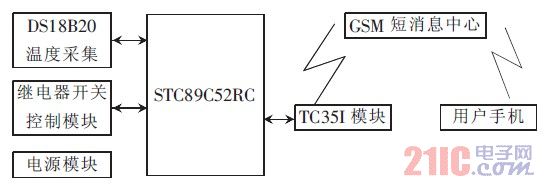
Figure 1 system composition block diagram
The working principle of the system is: The user sends a temperature inquiry command through the mobile phone, and the command is sent to the TC35I installed in the vehicle through the GSM short message service center in the form of short message. After receiving the instruction, the module transmits the instruction to the STC89C52RC MCU through the serial port. The MCU starts the DS18B20 to collect the temperature information inside the car, and then transmits the collected temperature information to the user's mobile phone through the GSM short message service center through the MCU and TC35I. If the temperature inside the car is too high or too low, the user can control the car through the command. The internal relay switch activates the interior air conditioner to achieve cooling or heating.
2 system hardware design
The hardware design part of the system includes the microcontroller module, DS18B20 temperature acquisition module, relay circuit control module, power module and TC35I module.
2.1 Microcontroller Module
The microcontroller module mainly completes temperature acquisition, relay switch control and serial communication with TC35I. Taking into account the module's driving ability, power consumption and cost performance, the system uses Hongjing's STC89C52RC chip, which has the advantages of low power consumption, strong control and anti-interference ability, and high cost performance. The microcontroller has 8 KB of FlashROM memory, 512 B of RAM and 2 KB of EEPROM memory. It also integrates a watchdog circuit and a UART. It has in-system programming and in-application programming functions without special emulators and programming. Therefore, the selection of this controller can bring great convenience to the design of the system.
2.2 Temperature Acquisition Module
The temperature acquisition module in the system uses the high precision and high reliability DS18B20 temperature sensor produced by DALLAS. It has the characteristics of small size, low hardware overhead, strong anti-interference ability and high precision. It adopts single bus data communication and full digital temperature. Conversion and output, up to 12-bit resolution, accuracy of ±0.5 °C, detection temperature range of -55 ° C ~ +125 ° C, so it can meet the design requirements of this system. The connection circuit between the DS18B20 and the microcontroller is shown in Figure 2.
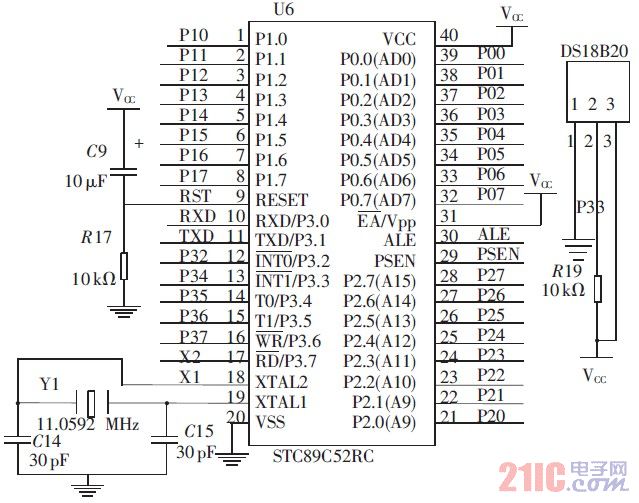
Figure 2 Connection circuit diagram of STC89C52RC microcontroller module and DS18B20
2.3 Relay Switch Control Module
The relay switch module is composed of TLP521 -4 , ULN2803 and SRD -12VDC and triode. The signal output from the microcontroller is sent to the TLP521 -4 optocoupler chip through the triode switch circuit and then amplified by the ULN2803 Darlington tube. Drive the SRD-12DC relay to achieve the function of controlling various switches of the air conditioner. The circuit connection diagram of the relay switch control module and the microcontroller is shown in Figure 3.
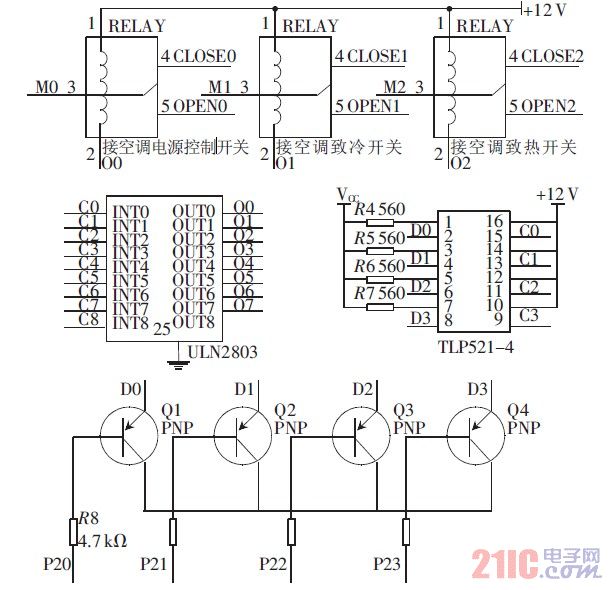
Figure 3 relay control module circuit diagram
2.4 TC35I module
The TC35I module is a dual-band 900/1800 MHz highly integrated GSM module from Simens. Its compact design and low power consumption provide a cost-effective solution for many communication applications. It supports EGS900 and GSM1800 dual-frequency, data transmission content supports voice, data, short message and fax services, communication interface adopts RS232 (bidirectional transmission of command and data), power supply adopts single power supply 3.3 V~5.5 V voltage, applicable The scope includes: low-power communication devices for portable computers, telemetry and remote sensing, telematics and communications. The circuit connection diagram of the TC35I and the microcontroller in this system is shown in Figure 4.
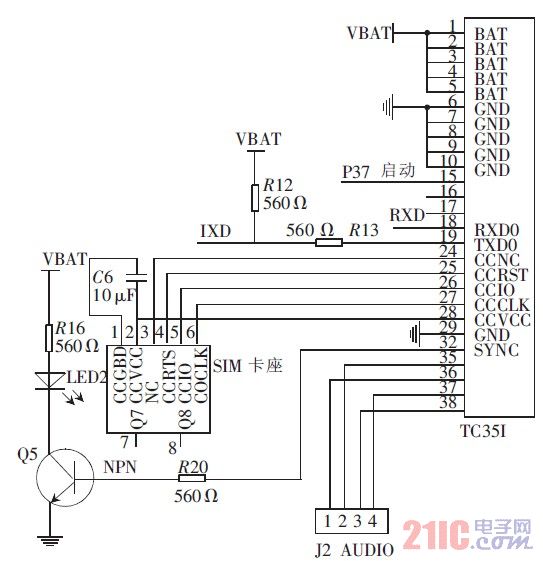
Figure 4 TC35I module circuit connection diagram
2.5 Power Module
The system power module uses the LM78L05 and LM2941S chips to convert the external 12 V DC supply voltage to the 5 V and 4.2 V voltages required by the system. The power connection circuit diagram is shown in Figure 5.
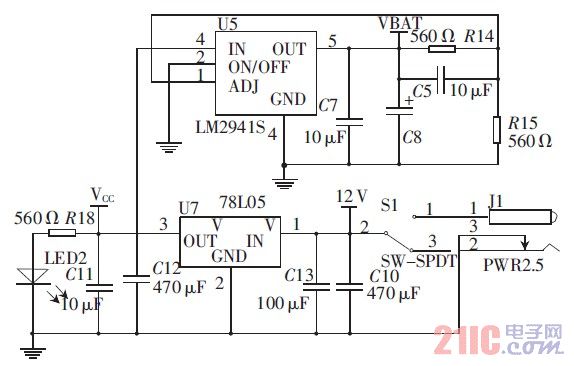
Figure 5 power connection circuit diagram
3 system software design
The software module part of the system mainly includes the software design of the GSM communication module, the DS18B20 temperature acquisition module and the relay switch control module. The workflow of the system is shown in Figure 6.
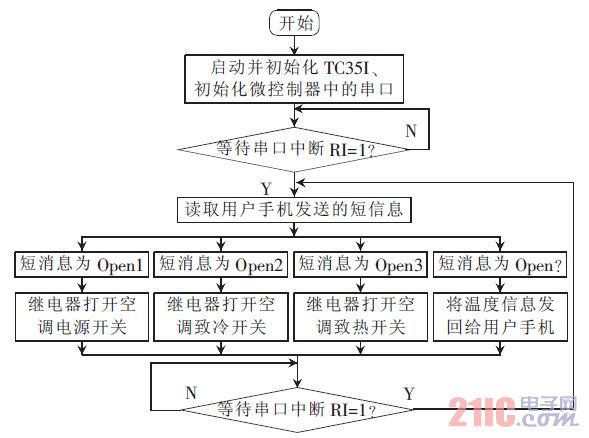
Figure 6 system work flow chart
3.1 Programming of GSM communication module
The GSM communication module program is transmitted by the TC35I through the serial port of the microcontroller to the GSM short message related AT command to interact with the user's mobile phone. The specific workflow is shown in Figure 7, and the AT command executed in this system [ 2, 5] as shown in Table 1.
Table 1 AT commands executed in the system
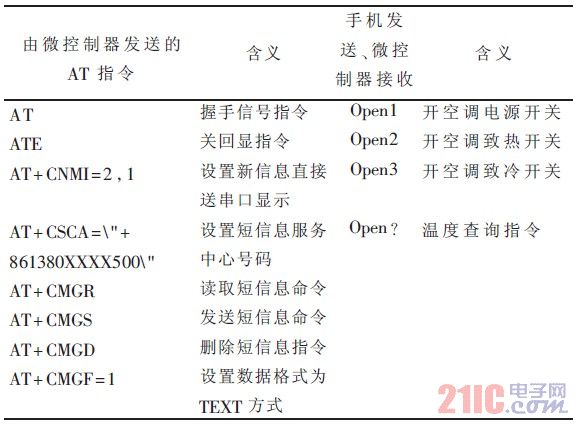
3.2 Program design of DS18B20 temperature acquisition module
The programming of the temperature acquisition module part is also mainly done by the microcontroller through the single bus to complete the initialization of the DS18B20 and read the temperature information according to the instructions sent by the user's mobile phone and feed back to the user's mobile phone. The working flow chart is shown in Figure 8. .
The software design of the relay switch control part is mainly based on the switch command sent by the user from the mobile phone, which is achieved by the microcontroller by setting or resetting the relevant port.
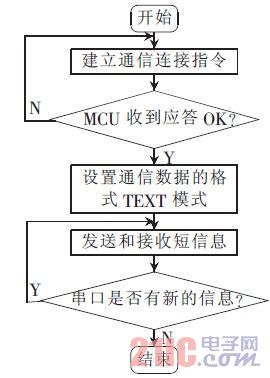
Figure 7 TC35I work flow chart
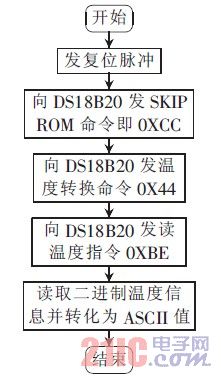
Figure 8 DS18B20 work flow chart
This paper proposes a design method of remote automotive air conditioning temperature control system based on GSM short message center. The system can be operated stably and reliably after actual production and debugging. The system also has convenient expansion and wireless transmission distance. Far, it can be widely used in the field of remote control.
Non-Contact Detector,Non Contact Voltage Tester,Voltage Tester Pen,Non Contact Voltage Detector
YINTE TOOLS (NINGBO) CO., LTD , https://www.yinte-tools.com
